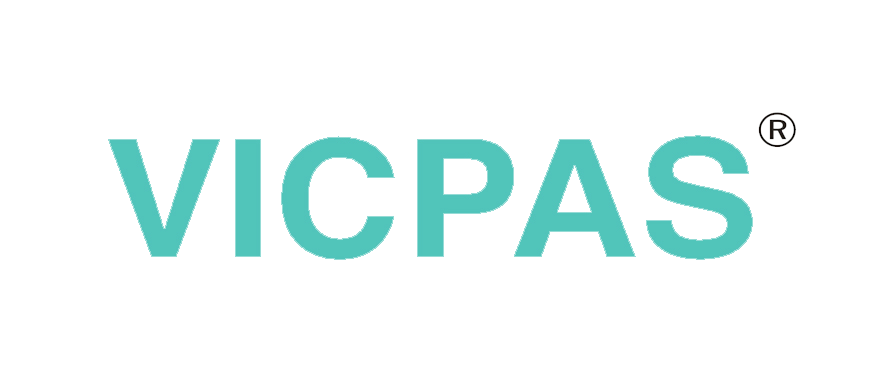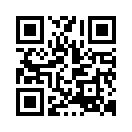Touch Panel Specifications
Touch panels, also known as touch screens, are electronic devices that both display an image and register input in the form of touches from a user's finger or a pen-like stylus. Touch screens have a wide range of applications, from cell phones and tablet computers to ATMs and information kiosks. Because of the range of uses, touch panel manufacturers produce many types of screens.
Field Type
Touch panels use several different types of electron fields to register input from a user's finger or stylus. Resistive touch panels consist of a series of thin layers, with the pressure from a user's input pressing the panels together and forming a circuit. Capacitive touch panels use a single electrified layer, which a user disrupts by touching the screen. Sensors in the corners of a capacitive touch panel register the coordinates of the disruption. Surface acoustic wave touch panels use sound waves that users deflect with their fingers, causing the waves to reflect back to sensors located around the edges of the panel.
Sensitivity
Some touch panels can register several different levels of pressure. This makes it easier for designers to implement a system that ignores accidental touches. Touch screens with many levels of sensitivity are more suitable for precision work, such as digital painting, where artists create thicker lines by pressing harder and thin lines by pressing lightly.
Another important part of a touch screen's sensitivity is how many pressure points it can recognize simultaneously. Muitl-touch touch panels can register three or more touches and some panels can recognize dozens of touches. This is essential for large panels that multiple users can manipulate at the same time.
Size
Touch panels come in a wide range of sizes for their various uses. The standard metric for measuring touch panels is the diagonal measurement from corner to corner, in either inches or centimeters. Devices with small touch panels, such as MP3 players, may use a screen under 1 inch, while cell phones typically use a touch panel between 2 and 4 inches. Tablet computers employ 7- to 10-inch screens. Larger touch panels for computer monitors and televisions can exceed 40 inches.
Pixel Density
Pixel density refers to the number of LCD pixels per square inch on a touch panel. Screens with a higher pixel density can display crisper images and smaller text that is still readable. Displays with a low pixel density may only be able to display a limited range of images or distort small text.
Field Type
Touch panels use several different types of electron fields to register input from a user's finger or stylus. Resistive touch panels consist of a series of thin layers, with the pressure from a user's input pressing the panels together and forming a circuit. Capacitive touch panels use a single electrified layer, which a user disrupts by touching the screen. Sensors in the corners of a capacitive touch panel register the coordinates of the disruption. Surface acoustic wave touch panels use sound waves that users deflect with their fingers, causing the waves to reflect back to sensors located around the edges of the panel.
Sensitivity
Some touch panels can register several different levels of pressure. This makes it easier for designers to implement a system that ignores accidental touches. Touch screens with many levels of sensitivity are more suitable for precision work, such as digital painting, where artists create thicker lines by pressing harder and thin lines by pressing lightly.
Another important part of a touch screen's sensitivity is how many pressure points it can recognize simultaneously. Muitl-touch touch panels can register three or more touches and some panels can recognize dozens of touches. This is essential for large panels that multiple users can manipulate at the same time.
Size
Touch panels come in a wide range of sizes for their various uses. The standard metric for measuring touch panels is the diagonal measurement from corner to corner, in either inches or centimeters. Devices with small touch panels, such as MP3 players, may use a screen under 1 inch, while cell phones typically use a touch panel between 2 and 4 inches. Tablet computers employ 7- to 10-inch screens. Larger touch panels for computer monitors and televisions can exceed 40 inches.
Pixel Density
Pixel density refers to the number of LCD pixels per square inch on a touch panel. Screens with a higher pixel density can display crisper images and smaller text that is still readable. Displays with a low pixel density may only be able to display a limited range of images or distort small text.


